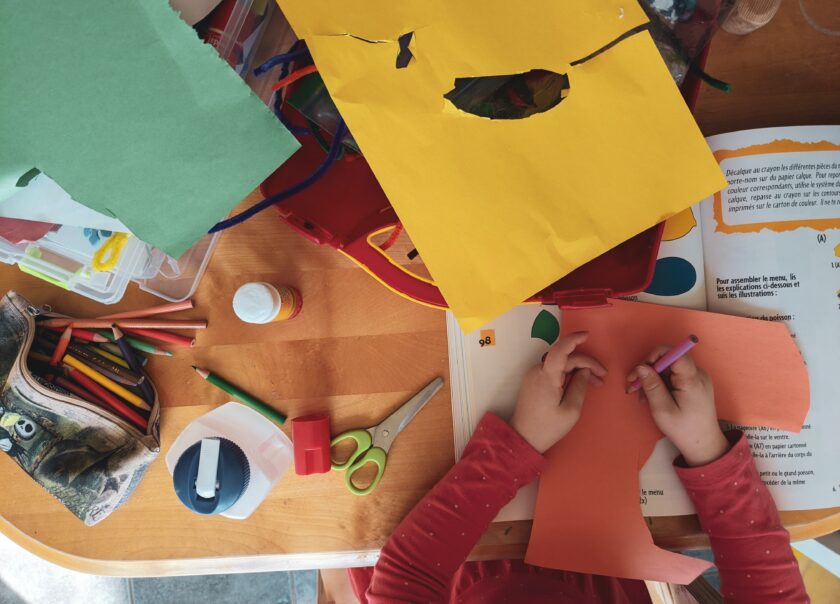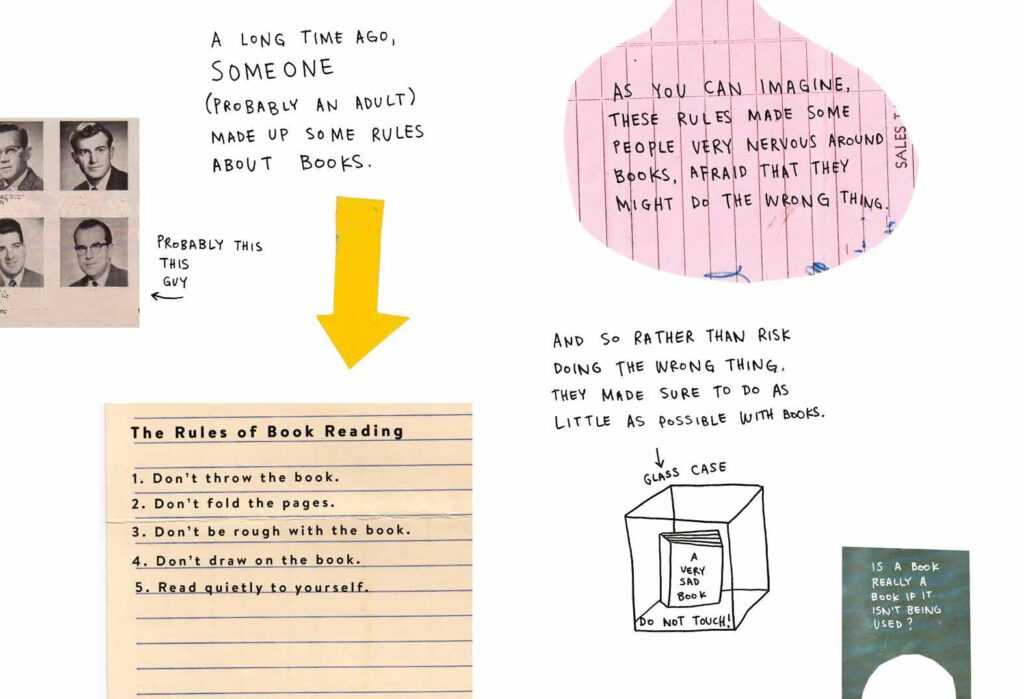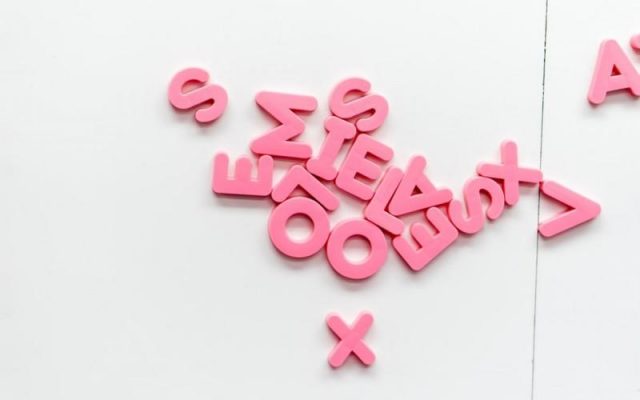
What can evaluators and policy makers learn from ‘Wreck This Picture Book’?
In a past life, I was a children’s book buyer for an independent bookstore. One of my favourite things in life is reading picture books to kids, and some of the best ones I’ve found are the ones that subvert the rules of story or genre, surprising the reader and inviting them to reconsider their worldview.
There’s one on my shelf at home for little visitors called ‘Wreck this Picture Book’ which I adore for the effect it has on little people’s minds.
The book begins with a warning: “Some adults will be VERY uncomfortable about this book…” It talks about how the rules about how to interact with books were made up long ago (don’t throw, don’t be rough, don’t scribble on them etc), and how these rules make some people stressed around books, for fear they might do the wrong thing. Consequently, many books just don’t get used. (I have to admit that as a lifelong book lover, reading this book invokes a delicious thrill of discomfort in anticipation of its imminent destruction!).
Author Keri Smith then systematically destroys the reader’s assumptions about what a book can be, suggesting that maybe books like to be played with and taken on adventures. Perhaps books, she writes, can only be transformed into their true selves by how the reader interacts with them. It provides prompts on how children might subvert the rules: inviting them to use critical thinking, and their senses to decide how they want to interact with the book (crumple, fold, cut, sniff etc). Don’t accept the rules as they are, is the message of the book: there are endless possibilities limited only by your creativity, and it’s up to you to decide what your relationship with the world will be.

Image source: ‘Wreck This Picture Book’ by Keri Smith, published by Penguin Books
Each time I read this book I can’t help but see some of its messages have parallels in the world of evaluation. Here are my reflections:
- Some adults will be very uncomfortable about being involved in or doing evaluation because it can appear to have many rules (an overwhelming amount to learn) and they are worried they might do the wrong thing. Or that an evaluation will tell them they are doing the wrong thing. So, they don’t engage with it at all, despite the fact that we all have the capacity for evaluative thinking.
- Evaluators often have to confront and sit with the feeling of being uncomfortable, and challenge ourselves to see from different points of view (see our blogs on power, trauma-informed interviewing, culturally safe evaluation)
- In my experience, evaluation is inherently more creative than prescriptive, and is shaped and made alive (or not) by the people engaging in and with it.
- Evaluation often requires us to think critically about ‘the rules’ or the assumptions we all hold about the way the world works. Being able to think outside the box, hold multiple truths and bridge disciplines, sectors and concepts are essential faculties for evaluators.
- Often, in order to be able to understand ‘what works’ we also need an understanding of ‘what’s possible’.
- An unused/unusable evaluation is about as useful to humanity’s knowledge and understanding of the world or an issue as a pristine, unopened book on a shelf.
- It’s okay (necessary, really) to experiment, but to do so we need to make it safe to make mistakes. For policymakers, this might mean prototyping, small-scale pilots, or outcomes assurance using propositional evaluation
- Humour can help challenge assumptions and overcome reluctance to engage. While evaluators are often in the role of a ‘critical friend’, if there’s a strong relationship between the evaluator and stakeholders, gentle and respectful humour can help deliver constructive criticisms that challenge assumptions in a non-threatening way. It’s not useful in every situation, but good to have in the toolbox.
- Play is another tool evaluators can use to help people ‘see things anew’. Techniques for data-collection, sense-making and logic-building that involve aspects of play (using LEGO, creative arts methods etc) can make evaluation feel more accessible and help participants be more open to seeing the possibilities.
Shake it, poke it, take it out in the daylight, look at it from different angles, listen to it, pay attention to your surroundings while you engage in it. ‘Wreck this Picture Book’ or evaluation? You tell me?




